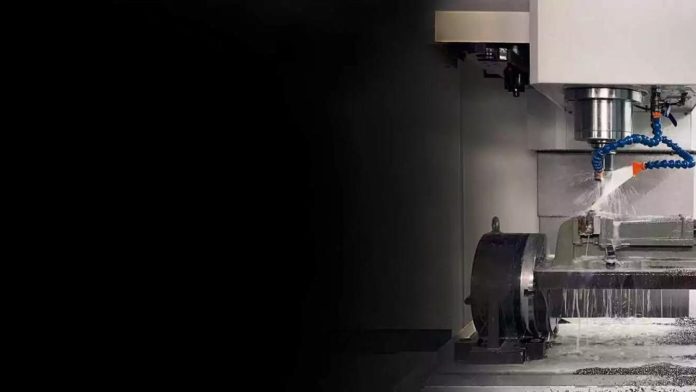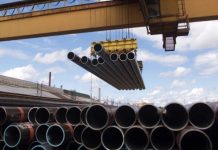Welcome to the ultimate guideline on hot forging at CXINFORGING. As a leading manufacturer and provider of forged components, CXINFORGING specializes in the art of hot forging, a highly precise and efficient manufacturing process. Hot forging is a forging technique that involves shaping metal by subjecting it to extreme heat and pressure.
It is a preferred method for manufacturing high-strength and complex components used in industries such as automotive, aerospace, oil and gas, and more. In this comprehensive guide, we will delve into the world of hot forging done at www.cxinforging.com, exploring its principles, applications, and the benefits it offers in various industries.
Knowing More about Hot Forging
Hot forging is a sophisticated metalworking technique that harnesses the power of intense heat and pressure to shape metal with exceptional precision. This highly efficient method is widely employed in diverse industries to fabricate intricate and robust components.
During the hot forging process, the metal undergoes heating to a temperature surpassing its recrystallization point, rendering it highly pliable and conducive to shaping.
Once the metal reaches the optimal temperature, it is carefully positioned within a specialized tool called a die. The die possesses a specific cavity or shape that corresponds to the desired final form of the component. As force is exerted onto the heated metal, it yields to the die’s contours, undergoing deformation and acquiring the intended shape.
Hot Die Forging Characteristics
Hot die forging is a specialized forging process that involves the use of a preheated die to shape and form the metal. This technique offers several distinct characteristics that make it a preferred choice for manufacturing high-quality forged components. One key characteristic of Intense that is dying forging its ability to produce components with exceptional accuracy and precision.
The preheated die helps to maintain the desired temperature of the metal during the forging process, ensuring consistent and uniform deformation. This precise control over temperature and deformation allows for tight tolerances and dimensional accuracy, resulting in finished parts that meet strict quality standards.
Procedure of Hot Die Forging
Hot die forging is a specialized metalworking process that involves shaping metal at elevated temperatures using a closed die system. The process begins with the preheating of the dies to a temperature suitable for the specific material being forged.
The work piece, typically a heated billet or ingot, is placed between the preheated dies, which are then brought together under high pressure. The combination of heat and pressure causes the material to deform and take on the shape of the dies.
Positive Aspects of Hot Die Forging
Rapid Die Forging offers several advantages that make it a preferred choice for manufacturing high-quality components. Here are five key advantages of Rapid Die Forging:
- Hot die forging results in components with superior mechanical properties compared to other manufacturing processes.
- Hot die forging allows for precise control over the deformation process, ensuring consistent and accurate dimensions of the final components.
- Hot Die striking is a highly efficient manufacturing process. This leads to shorter production cycles, reduced material waste, and overall cost savings.
- The controlled deformation and optimized grain flow in hot die forging allow for efficient use of material.
- Hot die forging can be applied to a wide range of materials, including steel, aluminum, titanium, and nickel alloys. This versatility allows for the production of components with varying shapes, sizes, and complexities.
Ending Remarks
Whether you are a manufacturer looking for high-quality forged components or an enthusiast seeking to expand your knowledge of hot forging, this guide is designed to provide you with valuable insights and information. Hot die-forged components exhibit excellent mechanical properties, making them suitable for applications that require high strength and durability.












